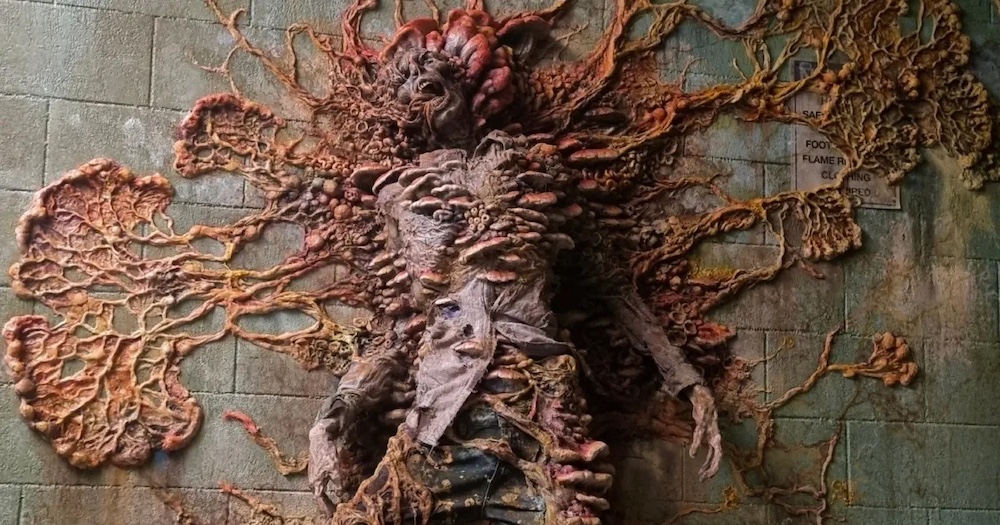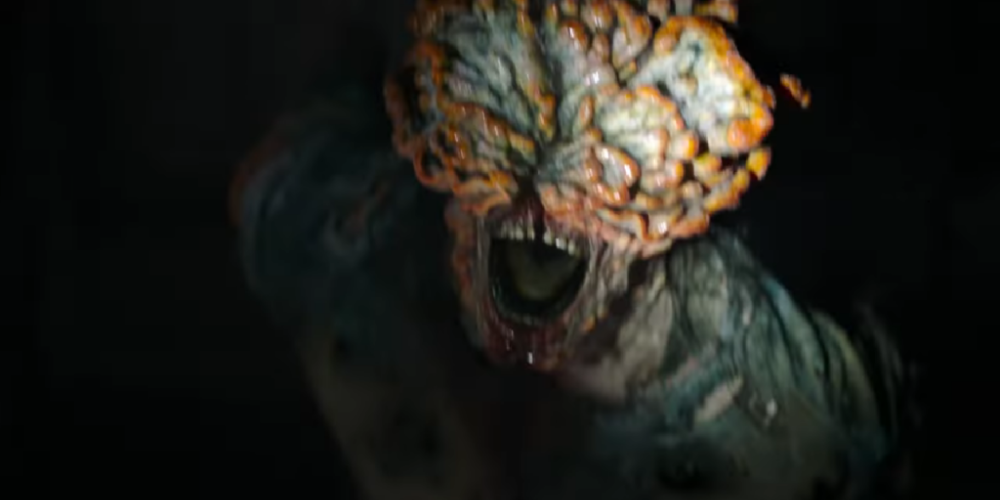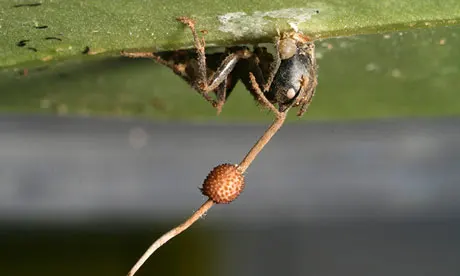‘Last of Us’: Cordyceps – The Zombie-Creating Fungus Inspired By Real Science

The Last Of Us has us talking about Cordyceps Infection, the plague that sweeps the world. This fictional fear was inspired by real fungi.
The Cordyceps Brain Infection is the humanity-altering plague featured in HBO’s The Last Of Us. While what we’ve seen on screen so far has been pretty terrifying, according to the source material, we’re still in for a few more surprises. And, of course, as pointed out in the show itself, this sensationalized fungi is inspired by a very real one. But what is the Cordyceps Brain Infection within the fiction of The Last of Us? And how similar is it to its muse?
History – The Games vs The Show
While the timelines and specifics of the Last of Us video game and TV show differ slightly, the basics are fairly similar.
In 2013’s video game, a mutated strain of the Cordyceps fungus spread to the United States in late September 2013 from South Africa. Humans were infected with contaminated crops. Players can see through a newspaper article that it has caused hospital spikes of 300% as well as massive recalls of contaminated crops.

In the new TV show, the starting point of the Cordyceps Brain Infection is much less vague and less difficult to uncover. After multiple hints in the first episode pointed to the possibility of the fungus coming from contaminated flour. Episode two confirmed it when we see a flashback to Jakarta, Indonesia. Within the fictional world of the show, this was the first known instance of a human Cordyceps infection in September 2003 (ten years earlier than in the video game). But it’s also the real-world location of the world’s largest flour mill.
In both versions, many people were infected very quickly after eating contaminated food products. The plague began spreading the virus throughout much of humanity.
Stages and Spread of the Cordyceps Brain Infection
In both the video game and the TV show, the Cordyceps brain infection can be spread if an infected person bites an uninfected one. But the game adds another level of terror that the show doesn’t seem to be exploring: airborne spores. For much of the map, players wear gas masks to avoid inhaling spores. This effectively blocks them from traveling to the victim’s brain and infecting them.

Instead, the show’s take on the fungus includes a massive system of interconnected vines of fungus growing on the ruins of the world. These fibers can grow for more than a mile uninterrupted and allow the infected to act as a hive mind. If a part of the vine is disrupted, harmed, or even just touched, all of the infected in the area will be immediately and simultaneously alerted and known to come running.
Stages of Infection
Once bitted or spored, an individual will follow multiple stages of infection. At first, the fungus will grow inside the host while they are still alive. This time can be recognized by strange but minor movements, such as unusual twitches. Two or fewer days after infection, the host loses their higher brain function. Causing them to become hyper-aggressive and incapable of reason or rational thought. This is known as a “Runner.” They are known for their speed and attack in hordes.

About two weeks after that, the second stage of infection begins. The fungus begins to grow over the infected’s head and through their visual cortex, altering their sight and resulting in a “Stalker.” After about a year, the fungus spreads all over the victim’s body, covering their eyes completely and blinding them. These “Clickers” are forced to use echolocation to find their prey, but they have enhanced strength.
These three stages have already been encountered in the TV version, but we have not yet met the “Bloater.” After about a decade of infection, the fungus leaves its victim blind and slow but incredibly strong with a natural armor plating. Bloaters can use part of their bodies as spore weapons. But without the inclusion of spores in the show, we are not yet sure what direction they will take.
Ophiocordyceps unilateralis
The real-world Cordyceps is commonly known as the Zombie-Ant Fungus. There are quite a few places where you can see where it inspired the infection in The Last of Us.
An ant is infected with a yeast from of the fungus, which will take over its body and begin to manipulate its behavior patterns. It then causes full-body convulsions in the ant. These behaviors culminate in the ant climbing to a leaf in an ideal location for the fungus. Then, it clamps down on the leaf’s vein with its mandibles to secure itself and become fixed in place. From there, the ant dies, and the fungus spends four to ten days growing out of its head. While doing that, it releases spores that will infect more ants.
Despite inspiring the stuff of many of our nightmares, this is only seen in ants. But I still recommend reading up on Ophiocordyceps unilateralis and zombie-ants more on your own. If nothing else, they’re very interesting.
How are you enjoying The Last of Us so far? Do you like the show or the video game’s take on the Cordyceps Brain Infection? Did you know about zombie-ants before Last of Us let us know how real they are? Let us know in the comments!







